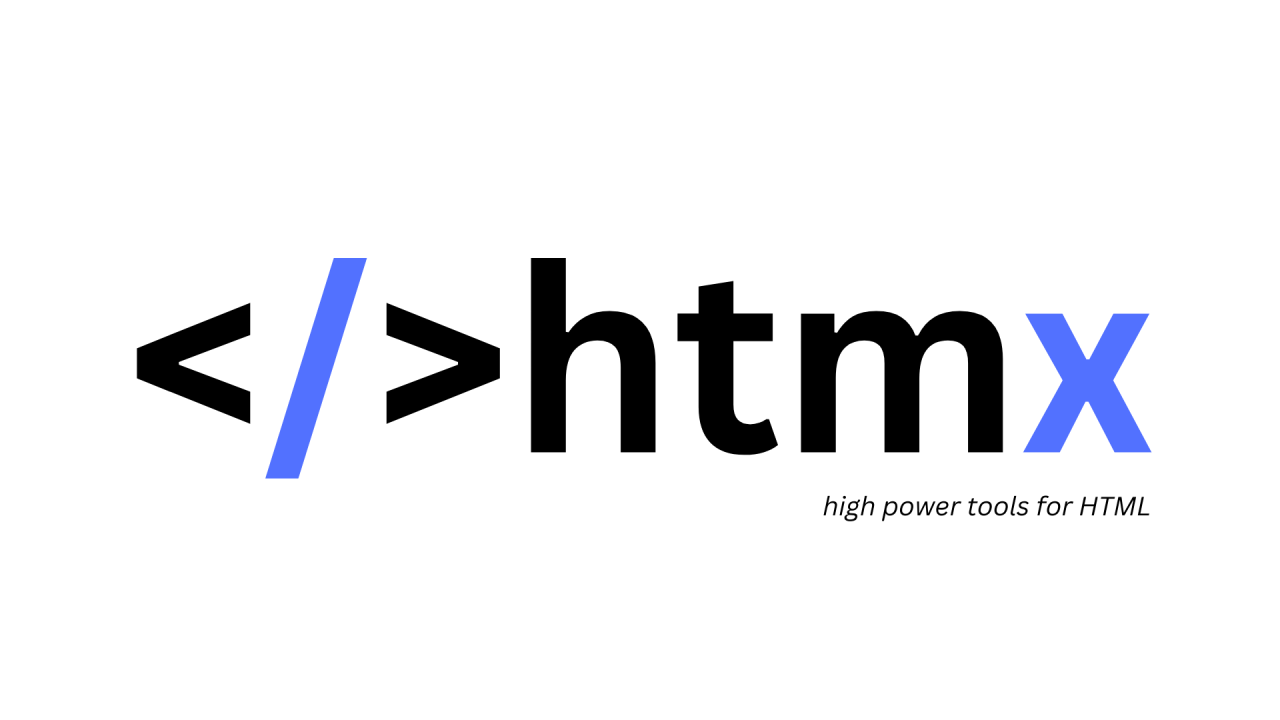HTMX is a powerful tool that allows developers to create dynamic and responsive web applications without relying heavily on JavaScript. By using HTMX in Laravel 11, developers can enhance user experience, streamline development processes, and keep the application lightweight and efficient. Below are some key advantages of using HTMX in Laravel 11, along with sample code snippets to illustrate its usage.
1. Simplified AJAX Requests
HTMX simplifies the process of making AJAX requests by allowing you to specify them directly in your HTML attributes. This removes the need for writing custom JavaScript for common tasks like form submissions and data fetching.
Sample Code:
<!-- Blade Template: resources/views/todos/index.blade.php -->
<table>
<tr>
<th>Task</th>
<th>Actions</th>
</tr>
@foreach($todos as $todo)
<tr id="todo-{{ $todo->id }}">
<td>{{ $todo->task }}</td>
<td>
<button hx-delete="{{ route('todos.destroy', $todo->id) }}"
hx-target="#todo-{{ $todo->id }}"
hx-swap="outerHTML">
Delete
</button>
</td>
</tr>
@endforeach
</table>
In this example, the hx-delete attribute sends an AJAX request to delete the to-do item, and hx-target specifies that the deleted row should be removed from the DOM using hx-swap="outerHTML".
2. Enhanced User Experience with Partial Page Updates
HTMX allows you to update specific parts of the page without reloading the entire page, leading to faster load times and a smoother user experience.
Sample Code:
<!-- Blade Template: resources/views/partials/task.blade.php -->
<tr id="todo-{{ $todo->id }}">
<td>{{ $todo->task }}</td>
<td>
<button hx-get="{{ route('todos.edit', $todo->id) }}"
hx-target="#todo-{{ $todo->id }}"
hx-swap="outerHTML">
Edit
</button>
</td>
</tr>
In this example, the hx-get attribute is used to load the form for editing the task in place, replacing the current row with the form using hx-swap.
3. Simplified Server-Side Validation and Error Handling
HTMX can be used to handle server-side validation and error messages without writing extra JavaScript code. This allows you to keep your validation logic centralized in your Laravel controllers.
Sample Code:
<!-- Blade Template: resources/views/todos/create.blade.php -->
<form hx-post="{{ route('todos.store') }}"
hx-target="#form-errors"
hx-swap="innerHTML">
@csrf
<div>
<label for="task">Task</label>
<input type="text" id="task" name="task" value="{{ old('task') }}">
</div>
<button type="submit">Add Task</button>
</form>
<div id="form-errors">
@if($errors->any())
<ul>
@foreach($errors->all() as $error)
<li>{{ $error }}</li>
@endforeach
</ul>
@endif
</div>
In this example, the form is submitted using HTMX, and if there are validation errors, they are returned and displayed in the #form-errors div without refreshing the page.
4. Improved Development Efficiency
Using HTMX with Laravel 11 allows developers to focus more on the backend logic while still creating interactive and responsive user interfaces. This reduces the complexity of the codebase by minimizing the need for JavaScript.
Sample Code:
// Controller: app/Http/Controllers/TodoController.php
public function store(Request $request)
{
$request->validate([
'task' => 'required|max:255',
]);
$todo = Todo::create($request->all());
return view('partials.task', compact('todo'));
}
In this example, when the form is successfully submitted, the newly created to-do item is returned and rendered using the partials.task Blade template.
HTMX enhances Laravel 11 by allowing you to create dynamic, interactive, and responsive web applications with minimal JavaScript. It simplifies AJAX requests, enhances user experience with partial page updates, and streamlines server-side validation, all while keeping your application code clean and maintainable. By leveraging HTMX, Laravel developers can build robust applications more efficiently.
